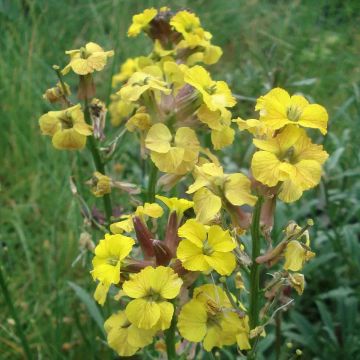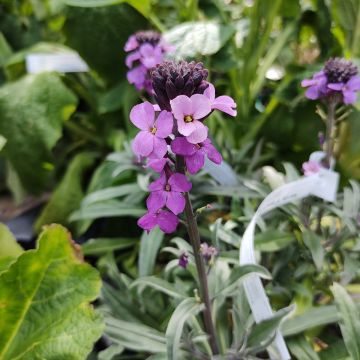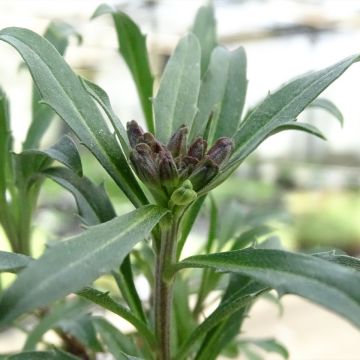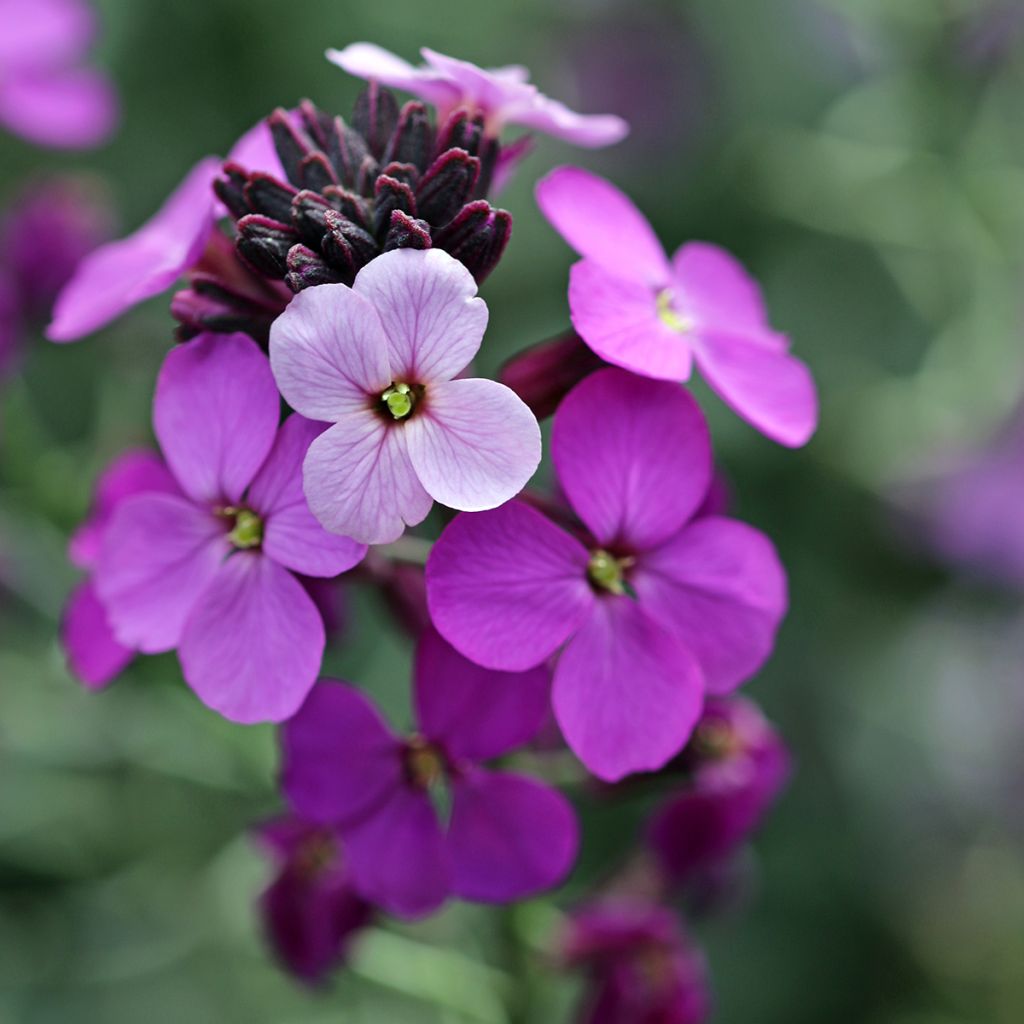

Erysimum Poem Lavender - Wallflower
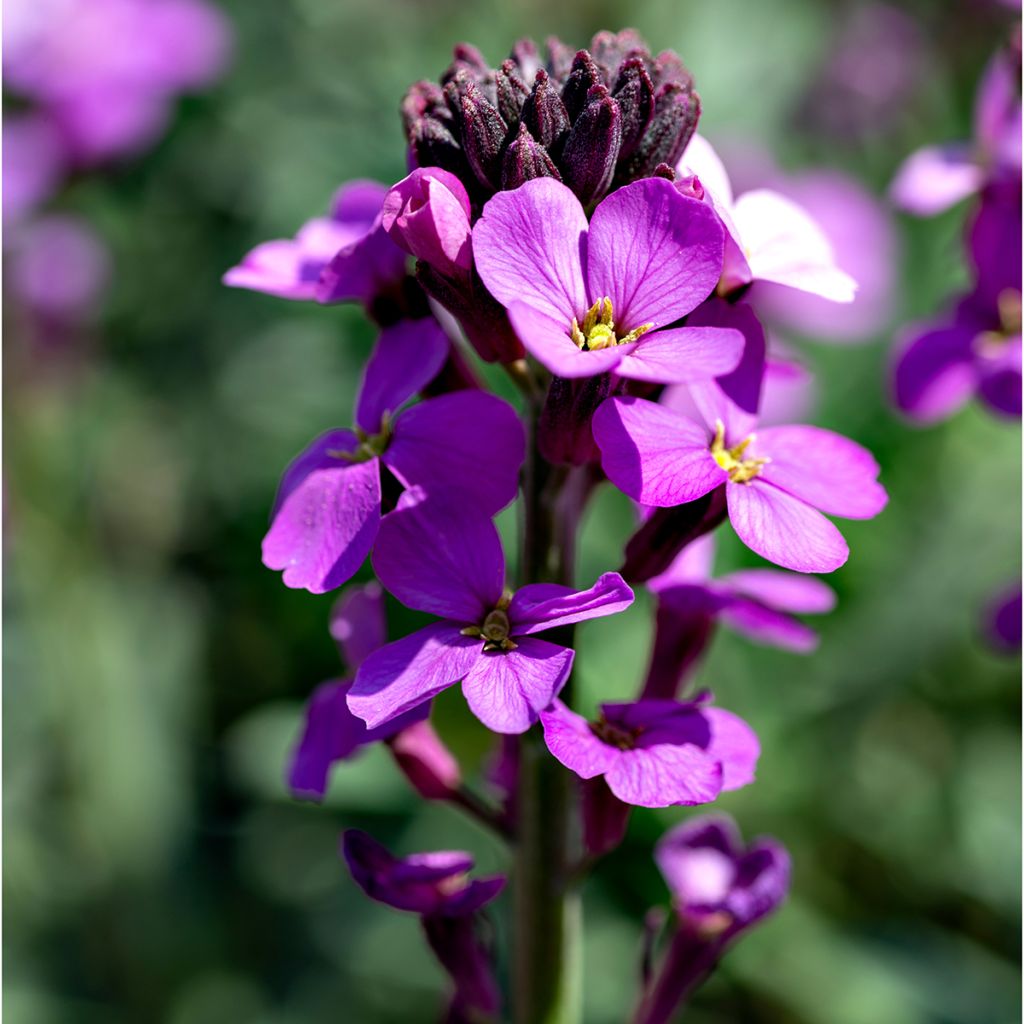

Erysimum Poem Lavender - Wallflower
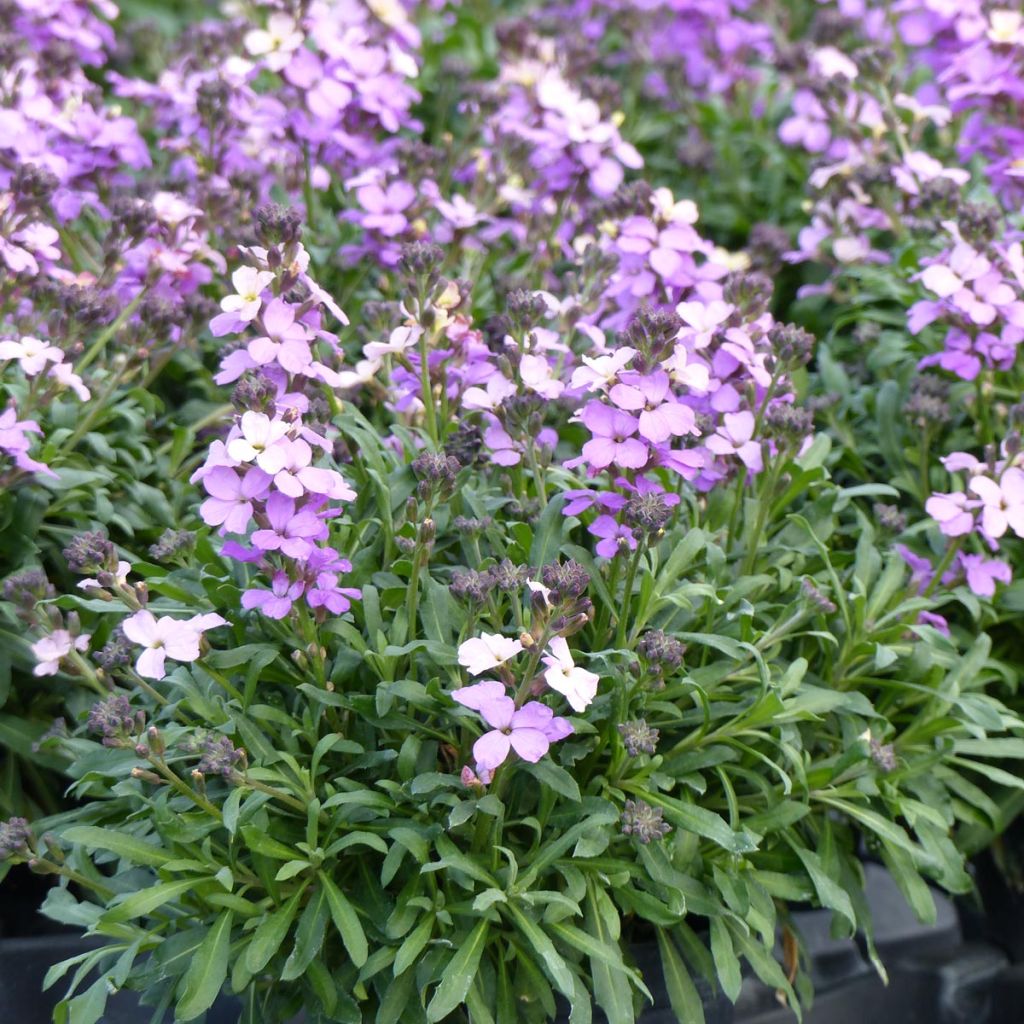

Erysimum Poem Lavender - Wallflower
Erysimum Poem Lavender - Wallflower
Erysimum POEM Lavender ('Inerypolav')
Wallflower
This plant carries a 6 months recovery warranty
More information
We guarantee the quality of our plants for a full growing cycle, and will replace at our expense any plant that fails to recover under normal climatic and planting conditions.
From €5.90 for pickup delivery and €6.90 for home delivery
Express home delivery from €8.90.
From €5.90 for pickup delivery and €6.90 for home delivery
Express home delivery from €8.90.
Delivery to Corse prohibited: UE law prohibits the import of this plant from mainland France to Corse as part of the fight against Xylella fastidiosa. Please accept our sincere apologies.
More information

Does this plant fit my garden?
Set up your Plantfit profile →
Description
The Erysimum 'Poem Lavender' is a perennial shrubby wallflower with a long and very abundant flowering period. The lovely purple-lavender colour brightens up the garden from late February to late June. It is a plant that performs well in containers and pots for terraces and balconies.
Also called "false wallflower", the Erysimum 'Poem Lavender' is a hardy sub-shrub with linear grey-green evergreen foliage that is quite elegant. Its dense and compact branching gives it a regular spherical shape of about 30-35 cm in diameter and prevents it from thinning out at the base. It is covered with flowers with 4 petals typical of brassicaceae, gathered in short and dense spikes, from late February in the mildest regions. The flowers continue non-stop until early summer, when it is a good time to prune to encourage new growth. It is perennial plant and likes being in a sunny location in well-drained, even rocky soil. It will thrive in rockeries as well as at the front of borders or, of course, in pots.
The flowers of the perennial wallflower 'Poem Lavender' emerge from purple buds and open in a soft shade of mauve-lavender with a tinge of salmon, before settling on a lavender colour. Although the flowers are tightly packed on the spike, the display of flowers of this variety retains its lightness. Used as a biennial, it is an ideal plant on which to base spring compositions in charming pots, in combination with spring bulbs such as the pure white 'Thalia' narcissus, and biennials in shades of pink, purple, crimson or blue, such as pansies and violas, primroses, daisies, etc.
Note: Please be aware that our young plug plants are professional products intended for experienced gardeners: upon receipt, transplant them as soon as possible, in pots, containers or directly in borders.
Report an error about the product description
Erysimum Poem Lavender - Wallflower in pictures
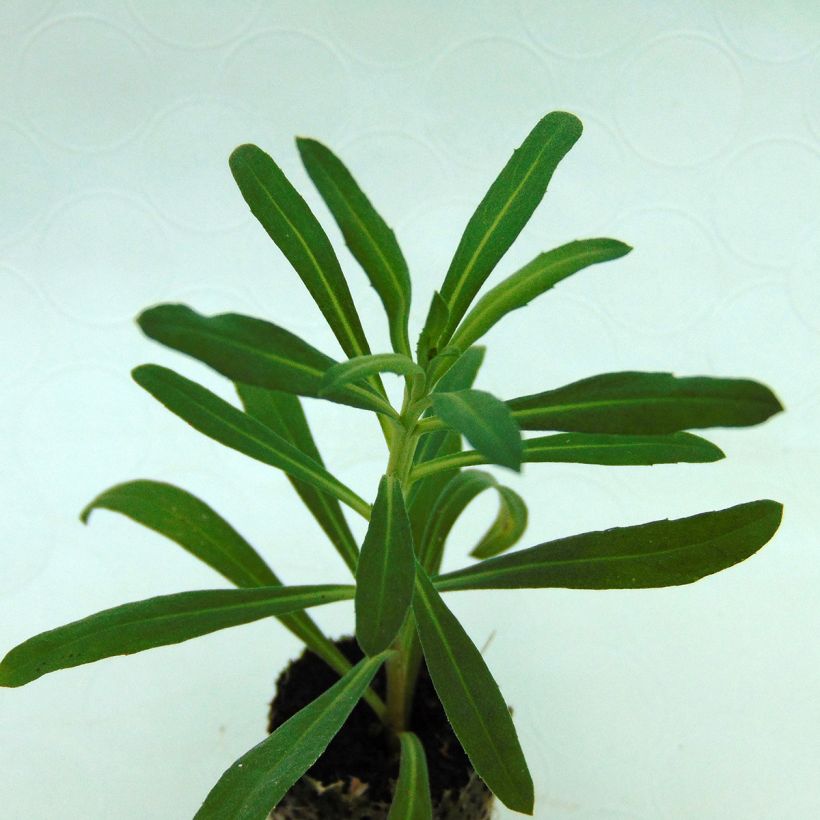

Flowering
Foliage
Plant habit
Botanical data
Erysimum
POEM Lavender ('Inerypolav')
Brassicaceae
Wallflower
Cultivar or hybrid
Other Wallflowers
Planting and care
The plug plant of Erysimum 'Poem Lavender' are planted in pots and containers or directly into the open ground in improved, well-prepared soil. Plant them as soon as possible, in September-October. If the intended location is not ready yet or if the conditions are not favourable for planting (heavy rains or excessively dry soil), you can let them grow on in pots for 4 to 6 weeks. At planting or shortly after, pinch out the tip of the plant between your thumb and forefinger to remove the terminal bud and stimulate branching. Repeat this until mid-October to obtain denser bushes.
In pots and containers, use a well-draining potting soil for flowering plants (with a lot of bark or perlite, for example) and enriched with slow-release fertilizer. The top of the root ball should be level with the soil. Water generously at planting and during the following weeks, as the young plants can dry out quickly. However, be careful not to overwater. Make sure to use containers with drainage holes and empty the saucer 10 minutes after watering. Remember to water, even during winter, if it does not rain or if the container is in a sheltered spot. Do not water during frosty periods.
3 weeks after planting until the end of flowering, apply a liquid fertilizer 1 to 2 times a week when watering, even in winter (as long as watering is necessary). The faded flower spikes can be cuback to maintain a neat appearance, but it is not essential. Flowering will continue as long as the plant is kept watered. Once the flowering is over, the plants in pots can be replanted in the garden in full sun after being pruned by about 5 cm (2 in).
Planting period
Intended location
Care
-
, onOrder confirmed
Reply from on Promesse de fleurs
Haven't found what you were looking for?
Hardiness is the lowest winter temperature a plant can endure without suffering serious damage or even dying. However, hardiness is affected by location (a sheltered area, such as a patio), protection (winter cover) and soil type (hardiness is improved by well-drained soil).

Photo Sharing Terms & Conditions
In order to encourage gardeners to interact and share their experiences, Promesse de fleurs offers various media enabling content to be uploaded onto its Site - in particular via the ‘Photo sharing’ module.
The User agrees to refrain from:
- Posting any content that is illegal, prejudicial, insulting, racist, inciteful to hatred, revisionist, contrary to public decency, that infringes on privacy or on the privacy rights of third parties, in particular the publicity rights of persons and goods, intellectual property rights, or the right to privacy.
- Submitting content on behalf of a third party;
- Impersonate the identity of a third party and/or publish any personal information about a third party;
In general, the User undertakes to refrain from any unethical behaviour.
All Content (in particular text, comments, files, images, photos, videos, creative works, etc.), which may be subject to property or intellectual property rights, image or other private rights, shall remain the property of the User, subject to the limited rights granted by the terms of the licence granted by Promesse de fleurs as stated below. Users are at liberty to publish or not to publish such Content on the Site, notably via the ‘Photo Sharing’ facility, and accept that this Content shall be made public and freely accessible, notably on the Internet.
Users further acknowledge, undertake to have ,and guarantee that they hold all necessary rights and permissions to publish such material on the Site, in particular with regard to the legislation in force pertaining to any privacy, property, intellectual property, image, or contractual rights, or rights of any other nature. By publishing such Content on the Site, Users acknowledge accepting full liability as publishers of the Content within the meaning of the law, and grant Promesse de fleurs, free of charge, an inclusive, worldwide licence for the said Content for the entire duration of its publication, including all reproduction, representation, up/downloading, displaying, performing, transmission, and storage rights.
Users also grant permission for their name to be linked to the Content and accept that this link may not always be made available.
By engaging in posting material, Users consent to their Content becoming automatically accessible on the Internet, in particular on other sites and/or blogs and/or web pages of the Promesse de fleurs site, including in particular social pages and the Promesse de fleurs catalogue.
Users may secure the removal of entrusted content free of charge by issuing a simple request via our contact form.
The flowering period indicated on our website applies to countries and regions located in USDA zone 8 (France, the United Kingdom, Ireland, the Netherlands, etc.)
It will vary according to where you live:
- In zones 9 to 10 (Italy, Spain, Greece, etc.), flowering will occur about 2 to 4 weeks earlier.
- In zones 6 to 7 (Germany, Poland, Slovenia, and lower mountainous regions), flowering will be delayed by 2 to 3 weeks.
- In zone 5 (Central Europe, Scandinavia), blooming will be delayed by 3 to 5 weeks.
In temperate climates, pruning of spring-flowering shrubs (forsythia, spireas, etc.) should be done just after flowering.
Pruning of summer-flowering shrubs (Indian Lilac, Perovskia, etc.) can be done in winter or spring.
In cold regions as well as with frost-sensitive plants, avoid pruning too early when severe frosts may still occur.
The planting period indicated on our website applies to countries and regions located in USDA zone 8 (France, United Kingdom, Ireland, Netherlands).
It will vary according to where you live:
- In Mediterranean zones (Marseille, Madrid, Milan, etc.), autumn and winter are the best planting periods.
- In continental zones (Strasbourg, Munich, Vienna, etc.), delay planting by 2 to 3 weeks in spring and bring it forward by 2 to 4 weeks in autumn.
- In mountainous regions (the Alps, Pyrenees, Carpathians, etc.), it is best to plant in late spring (May-June) or late summer (August-September).
The harvesting period indicated on our website applies to countries and regions in USDA zone 8 (France, England, Ireland, the Netherlands).
In colder areas (Scandinavia, Poland, Austria...) fruit and vegetable harvests are likely to be delayed by 3-4 weeks.
In warmer areas (Italy, Spain, Greece, etc.), harvesting will probably take place earlier, depending on weather conditions.
The sowing periods indicated on our website apply to countries and regions within USDA Zone 8 (France, UK, Ireland, Netherlands).
In colder areas (Scandinavia, Poland, Austria...), delay any outdoor sowing by 3-4 weeks, or sow under glass.
In warmer climes (Italy, Spain, Greece, etc.), bring outdoor sowing forward by a few weeks.

































